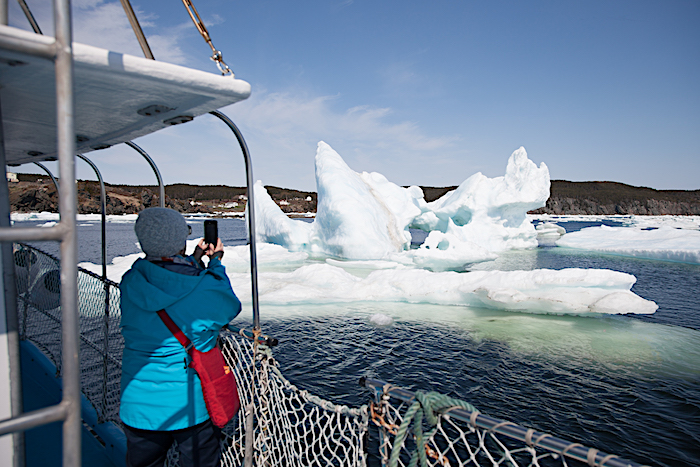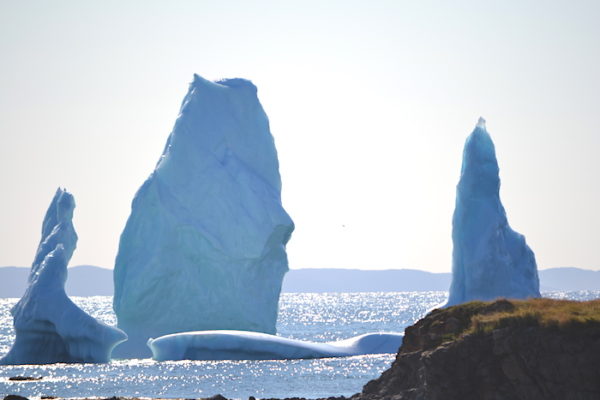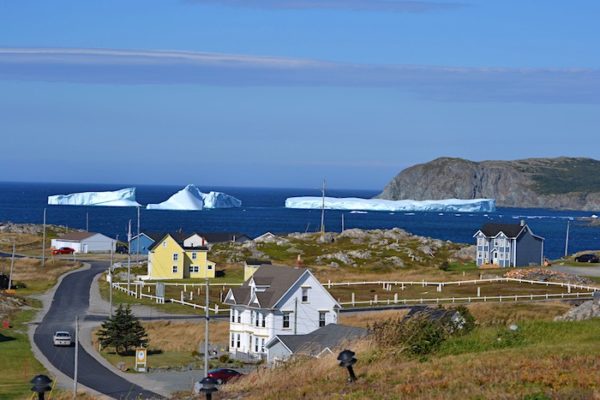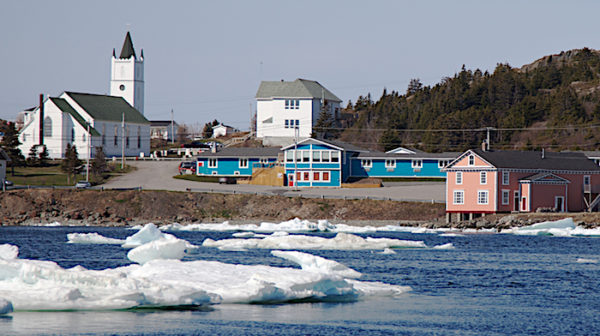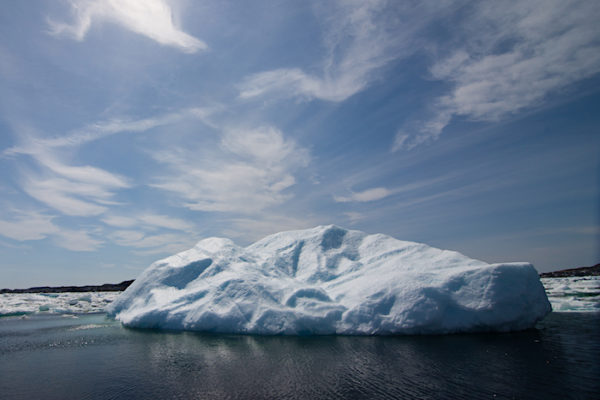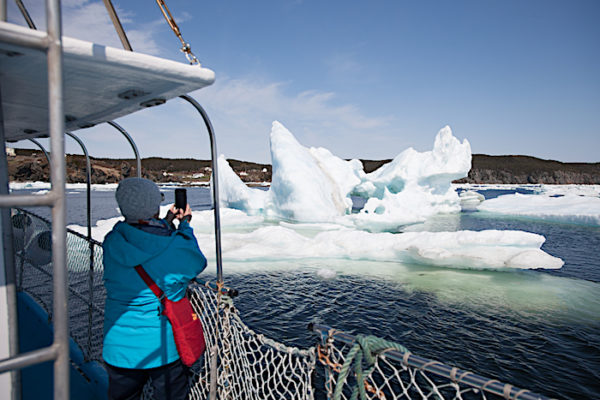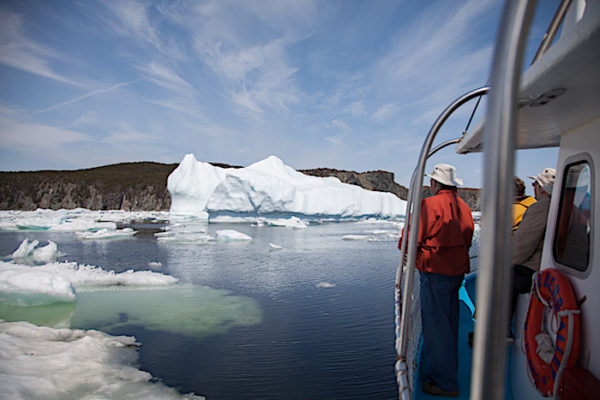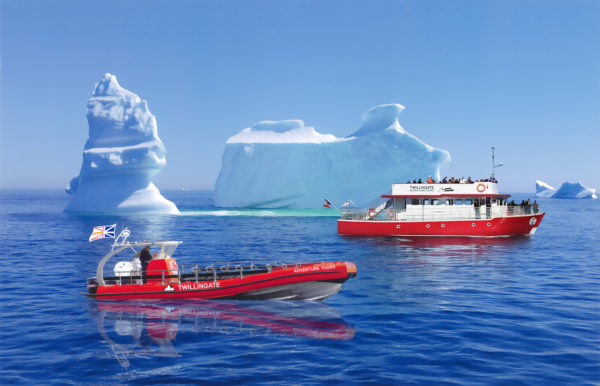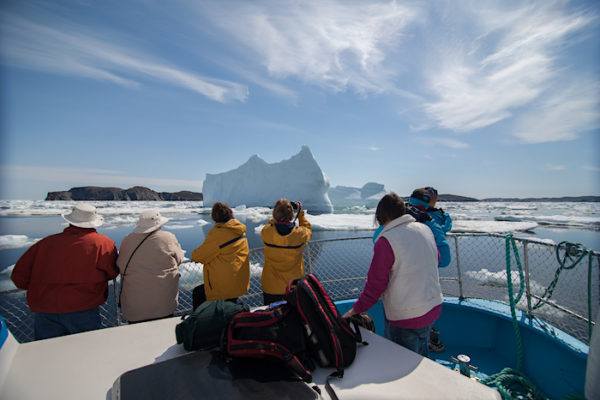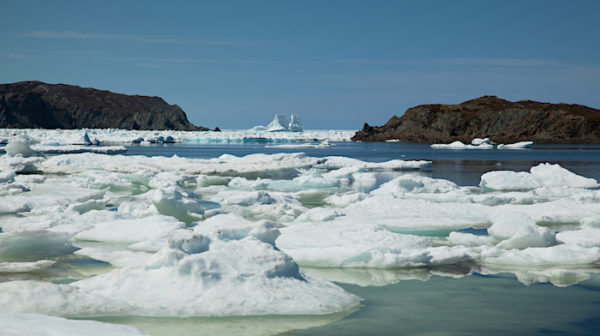Iceberg Lingo
The waters off the coast of Newfoundland (Iceberg Alley) are known as the place to see icebergs in Canada.
Between May and June, they move along the coast from their origin in western Greenland or the Canadian Arctic. “Iceberg Season” brings many visitors and Twillingate is known as one of the prime spots for viewing them. Twillingate is not known as the Iceberg Capital of the world for no reason!
When planning a visit during “Iceberg Season” it is useful to learn the icebergy lingo – the terminology that you’ll hear when folks talk about the ‘bergs’. Here are a few examples – so start practicing!
Calve
a chunk of ice breaking away or splinters off a glacier or off a larger iceberg
Bergy Bit
a larger chunk of ice, smaller than an iceberg that can be as large as a house
Glacier
a slowly moving mass of ice formed by the accumulation and compaction of snow on mountains or near the poles
Growler
a piece of iceberg ice, smaller than a bergy bit
the 10% of the iceberg that is visible above the surface of the water
Iceberg Alley
“Iceberg Alley” is an area from Baffin Bay (where icebergs enter the water from the massive glaciers on the west coast of Greenland) down to the east coast of Newfoundland and Labrador
Melt Ponds
pools of melted ice or snow that form on an iceberg
Tip
The 10% of an iceberg that is visible above the surface of the water.
Check out more about the shapes and sizes of icebergs in Twillingate.
If you have more iceberg questions, you may be a few answers here.
And if you want to know where the icebergs currently are, check out icebergfinder.com
